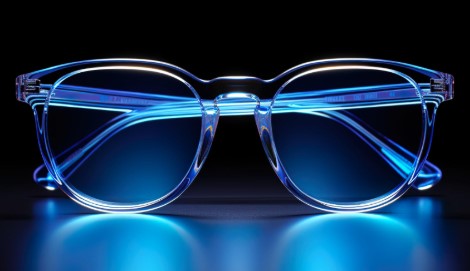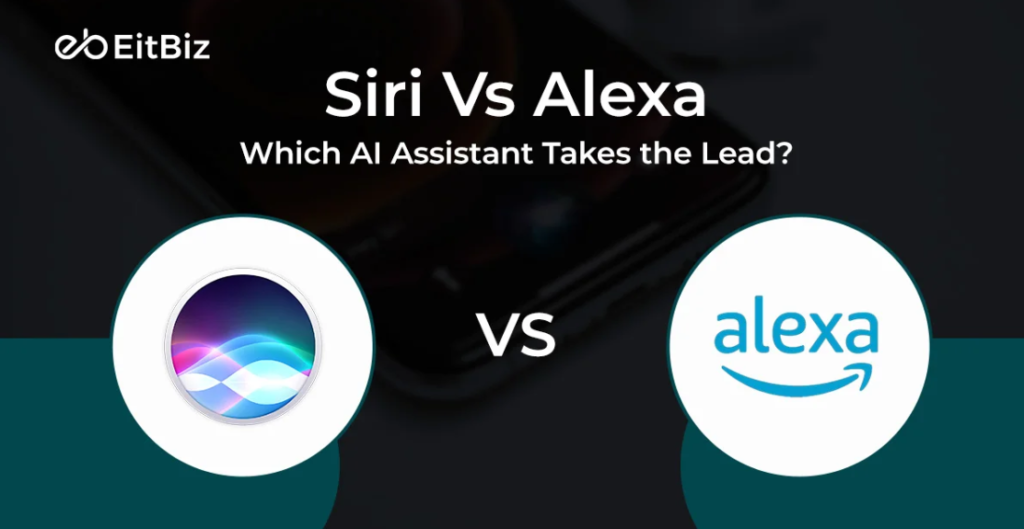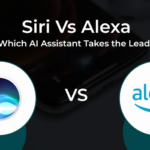Does Blue Light Really Exist? Do Blue Light Glasses Work?

In today’s digital era, blue light has sparked widespread interest. As screen use rises from phones, laptops, and LEDs, worries about blue light’s impact on vision and sleep have skyrocketed. But do the concerns hold water? And can blue light glasses really make a difference?
What exactly is blue light? Blue light constitutes a high-energy, short-wavelength component of the visible light spectrum. Naturally, the sun provides our main source of blue light each day, playing a vital role in regulating circadian rhythms and keeping us alert. However, electronic displays, fluorescent bulbs, and digital devices also beam blue light into our eyes, fueling issues with excess exposure.
Unlike other types of radiation, blue light penetrates deeply into the eye, reaching the retina. This has led researchers to hypothesize that prolonged exposure contributes to digital eyestrain, often causing headaches, dry eyes, blurry sight, and tired eyes.
One of the greatest blue light worries relates to sleep disturbances. Exposure to artificial blue light at night suppresses melatonin, the hormone governing sleep patterns. This tricks the brain into thinking it’s still day, compounding difficulties falling asleep.
Some common myths about blue light:
The notion that screen blue light poses more of a threat than sunlight is false. The sun showers far greater amounts of blue light daily. The difference lies in how we stare at electronics for lengthy stretches without breaks, straining our eyes.
While blue light plays a role, digital eyestrain originates more from prolonged viewing, poor posture, and infrequent blinking. Blue light alone does not cause most digital eye problems.
The Controversy Around Blue Light Glasses
Blue light glasses have gained widespread popularity in recent years, with marketers claiming they reduce strain on the eyes and facilitate better sleep by filtering out blue wavelengths from digital screens. However, the actual efficacy of these lenses is up for debate within the vision science community.
Examining the Evidence on Blue Light Filters
While some research indicates that blue light glasses may support melatonin regulation in the evenings, their impact on mitigating eyestrain during screen use has less conclusive backing. Discomfort often stems more from prolonged focal distance than blue light solely. Alternative strategies may offer relief.
Practical Alternatives to Consider
Rather than relying entirely on blue light glasses, these habits could help instead: restricting tech time pre-bed limits melatonin suppression; screens switched to warmer color modes after dark; taking intermittent glances into the distance aids relaxation of ocular muscles; luminance matched to ambient lighting prevents squinting; increased blinking moisturizes dry eyes.
Do Blue Light Glasses Really Deliver Results?
Amid anecdotes of transformed sleep from devotees, scientific verification remains uncertain. Placebo may account for perceived benefit, as satisfaction arises simply from believing the lenses perform as marketed. For insomnia, they could aid slightly, yet modifying display behaviors yields more impact on eyestrain reduction.
In Conclusion
While blue light pervades modern life, nighttime overexposure specifically may disrupt circadian rhythms. However, digital eye fatigue stems from various influences beyond just blue light. Blue light glasses offer potential sleep support but no panacea for all screen issues. Holistically addressing habits and workstation design optimizes ocular health most effectively.







